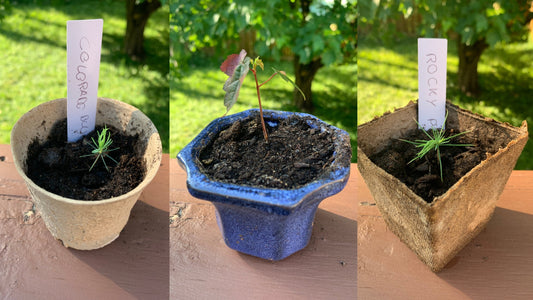After more than 20 years of chasing badges and Pokémon, Ash has finally achieved the feat: he has won the Pokémon League. At the age of 11, our favorite hero decides to take a well-deserved retirement. But in Japan, retirement is a different story. In a country where life expectancy is the longest in the world and where workers often continue well beyond the official retirement age, what does retirement really mean?!
Sacha, the Pokémon champion… retired at 11 (after 20 years of career)
Let's start with the most surprising: Ash Ketchum , the eternal 11-year-old, has finally achieved his ultimate dream of becoming the best Pokémon trainer. After more than two decades of adventures, he's hanging up his hat, leaving behind generations of emotional fans. Imagine... at 11 years old, Ash is retiring! But hey, when you've fought legendaries and trained Pikachu, you deserve a little rest, right?

But while Sacha can afford to retire after fulfilling his dream, the reality is very different for the Japanese...
Retirement in Japan: A path full of bureaucracy (and many years)
Unlike Sacha, most Japanese people don't retire until they have acne.
In fact, the official retirement age is 65 , but the reality is often quite different. Many Japanese continue to work beyond this age.
Source: graphic created by Nippon.com
Why? Mainly because life expectancy is very high in Japan. With an average of 84 years , retirees still have many good years ahead of them… but not always the financial means to fully enjoy them. So, what do many Japanese do? They take part-time jobs or temporary positions to make ends meet. After all, Pikachu isn't going to pay the bills…
Pension Systems in Japan: Not as Simple as Winning the Pokémon League
While Sacha can proudly brandish his trophy, retired Japanese often have to rely on a complex and sometimes insufficient pension system. In Japan, there are several pension schemes, including Kōsei Nenkin (for employees) and Kokumin Nenkin (for the self-employed or those who do not contribute through their employment). The basic pension does not always cover needs, and this is why many retirees supplement their income with personal savings, or, as mentioned earlier, by continuing to work.

“Active Retirement” in Japan: When Passion Never Ends
Contrary to what one might think, Japanese retirees are in no hurry to sit on a deckchair and gaze at the sky. With one of the highest life expectancies in the world (around 84 years for the Japanese), they seek to live every moment to the fullest. And for this, activity plays a key role. For the Japanese, active retirement is almost a norm.
Many join sports clubs to practice gentle exercises like yoga, tai chi, or even golf. Some opt for volunteer work, helping in schools, hospitals, or even parks to preserve nature. In fact, it is estimated that nearly 30% of retirees continue to work past the age of 65, often part-time, not out of financial necessity, but to stay engaged and find meaning in their lives.
Retirement is also an opportunity for many Japanese to seek out their ikigai through activities that are sweet to their heart and bring them into the present moment. This could mean tending a garden, volunteering in the community, caring for grandchildren, or pursuing a passion they never had time to explore before, such as painting or pottery. This philosophy allows one to remain active and fulfilled, even after leaving the workforce.
The example of Okinawa, where people love their retirement so much that they never leave it.

We often hear about the famous Okinawa region, known for its exceptionally old population. They are sometimes called super-centenarians : people who live well beyond 100 years old, while remaining healthy and, above all, active. Their secret? A combination of good nutrition, a rich social life, and, of course, ikigai (learn more about ikigai in our articles) .
These centenarians are often the first to tell you that their longevity is due to the fact that they never really stop. Whether it’s tending a vegetable garden, participating in traditional festivals, or even continuing to dance at local festivals, these seniors are full of energy. Their lives, even in old age, are full of small pleasures, social connections, and contributions to the community. They are a living example of what active retirement can accomplish.






1 comment
Très bel article